Top 10 Conservancies in Kenya
Where Wilderness Thrives Beyond Boundaries
A Land Reimagined: Kenya’s Conservancy Revolution
In the heart of East Africa, where ancient landscapes meet untamed wildlife, Kenya has emerged not just as a classic safari destination but as a global pioneer in community-based conservation. The iconic national parks—from the savannahs of Maasai Mara to the rugged peaks of Mount Kenya—have long drawn travelers seeking Africa’s soul. Yet, beyond these celebrated public lands lies a newer, more progressive story of ecological guardianship: Kenya’s private and community conservancies.
Unlike traditional parks, conservancies are carefully designated tracts of land managed through partnerships between private stakeholders, local communities, and conservation NGOs. Their model redefines how tourism, conservation, and local livelihoods can coexist—offering protection for critical ecosystems while delivering direct economic benefits to the people who live alongside the wildlife.
These conservancies offer far more than just a safari; they promise intimate, crowd-free, deeply immersive experiences, where guests can walk, track, and even engage with local communities without the confines imposed in public parks. It is within these vital conservation corridors that Kenya’s wildlife still flourishes—and where guests are invited not only to observe but to participate in a larger ecological legacy.
Ol Pejeta Conservancy: A Stronghold for Species Survival
Nestled against the backdrop of Mount Kenya’s snow-capped peaks, Ol Pejeta Conservancy stands as a beacon of conservation excellence and innovation. Once a colonial cattle ranch, this 90,000-acre reserve has evolved into one of Africa’s most impactful wildlife sanctuaries. It holds the world’s last two remaining northern white rhinos, protected under 24/7 armed surveillance, while also being home to East Africa’s largest population of black rhinos.
Beyond rhino conservation, Ol Pejeta is famed for its wildlife density, including the Big Five, and a unique blend of cattle ranching and wildlife management. Guests are not limited to game drives but are invited into conservation programs, from lion tracking to visiting the Sweetwaters Chimpanzee Sanctuary. It is a place where science, tourism, and community benefit converge, making every visitor an active participant in Africa’s future.
Lewa Wildlife Conservancy: Where Legacy Meets Landscape
As one of the earliest conservancies in Kenya, Lewa Wildlife Conservancy has played a transformative role in shaping conservation philosophy throughout East Africa. Located in northern Kenya’s Laikipia region, Lewa began as a cattle ranch before being converted into a rhino sanctuary in the 1980s. Today, it encompasses over 60,000 acres of protected land and serves as a UNESCO World Heritage Site.
Its significance lies not only in biodiversity but in community integration. Lewa supports over 60,000 people through healthcare, education, and sustainable agriculture initiatives. Visitors experience unparalleled sightings of Grevy’s zebras, black rhinos, and elephants in landscapes that oscillate between open plains and forested valleys.
Here, wildlife thrives not because of isolation but because of inclusion, and guests leave with more than memories—they leave with understanding.
Naboisho Conservancy: A Sanctuary Born of Partnership
Adjacent to the famed Maasai Mara Reserve lies Naboisho Conservancy, a model of shared stewardship between local Maasai landowners and tourism operators. This 50,000-acre conservancy was carved from community land to reduce the pressures of over-tourism while ensuring that Maasai families directly benefit from wildlife tourism.
The result has been a remarkable success. With controlled visitor numbers and high-caliber lodges, Naboisho offers more exclusive wildlife encounters than the public Mara. Lions roam freely in impressive numbers, and sightings of cheetahs and elephants are common.
Naboisho’s strength is not just in its biodiversity but in its philosophy. It demonstrates that conservation must begin with respect for culture and land ownership, setting a benchmark for what ethical tourism can accomplish.
Mara North Conservancy: The Soul of the Maasai Mara
Forming one of the most wildlife-rich regions in the Greater Mara Ecosystem, Mara North Conservancy is often seen as the Mara’s most prestigious private conservancy. Established as a collective of over 800 Maasai landowners and safari camps, it spreads across 74,000 acres of prime savannah.
Its exclusivity is its hallmark. Only guests staying within the conservancy may traverse its lands, ensuring low vehicle density and serene animal encounters. Night drives, walking safaris, and off-road exploration are permitted here—giving a sense of wild freedom not allowed in the national reserve.
But perhaps what sets Mara North apart is its role in preserving cultural heritage. Income generated supports the Maasai community, while cultural exchanges allow travelers to connect deeply with Kenya’s ancestral rhythms.
Olare Motorogi Conservancy: Privacy and Predator Paradise
Located north of the Maasai Mara Reserve, Olare Motorogi Conservancy is famed for its dramatic landscapes and high concentration of big cats, especially lions. Formed through a partnership between the Maasai landowners and five tourism operators, the conservancy spans 33,000 acres and is known for its elite, low-impact tourism model.
With just a handful of camps operating within it, guests enjoy unrivaled privacy and exclusivity. The ecosystem supports an astounding array of wildlife, from elephants and buffaloes to leopards and cheetahs, often seen in near solitude.
This conservancy has become synonymous with luxury, conservation integrity, and intimate safari experiences, proving that when tourism is done responsibly, the rewards are shared by all.
Borana Conservancy: A Harmonious Landscape of Livestock and Lions
Tucked into the rolling foothills of Mount Kenya, Borana Conservancy is a family-owned conservation success story, balancing wildlife preservation with sustainable livestock farming. Covering over 32,000 acres, Borana is part of the larger Lewa-Borana landscape that forms one of East Africa’s largest continuous rhino habitats.
Borana’s philosophy hinges on harmony: between people, wildlife, and landscape. Visitors here are welcomed into working ranches, community schools, and anti-poaching units—offering a rare look into how conservation works on the ground. Activities extend far beyond game drives to include horse riding, mountain biking, and conservation education.
It is a place where every visit fuels the engine of change, empowering communities while safeguarding nature.
Sera Conservancy: A Landmark in Community-Led Rhino Conservation
Deep in Kenya’s northern frontier, where semi-arid landscapes stretch toward the horizon, Sera Conservancy has made history by becoming the first community conservancy in Africa to reintroduce black rhinos. Established under the Northern Rangelands Trust, this rugged wilderness is owned and managed entirely by local Samburu communities.
Guests can track rhinos on foot—a thrilling and humbling experience guided by expert rangers. The conservancy is also home to elephants, gerenuks, and predators, supported by eco-lodges that pour their earnings directly back into community development.
At Sera, community ownership is not just a principle—it is the very lifeblood of conservation.
Loisaba Conservancy: Innovation in the Wild
Spanning 57,000 acres of pristine wilderness in Laikipia, Loisaba Conservancy combines advanced conservation technology with traditional knowledge systems. Managed by the Nature Conservancy, it’s known for its innovative use of data in wildlife monitoring and its commitment to resilience in a changing climate.
Guests here can spot wild dogs, giraffes, and even elusive leopards, often from luxurious safari tents or the famous Loisaba Star Beds—outdoor platforms where visitors sleep beneath the cosmos. With working ranches, anti-poaching units, and cutting-edge research facilities, Loisaba is not just a safari—it’s a vision of the future.
It offers a rare glimpse into how science and wilderness can collaborate to preserve Africa’s great herds and habitats.
Ol Kinyei Conservancy: The Quiet Heart of the Mara
Often described as the most peaceful corner of the Maasai Mara ecosystem, Ol Kinyei Conservancy covers 18,000 acres of exclusive wilderness, set aside by Maasai landowners for conservation. It remains one of the few areas where guests are guaranteed a crowd-free experience with abundant wildlife.
With only two permanent camps, Ol Kinyei feels deeply personal. Morning walks, sundowners overlooking valleys, and full-day explorations allow travelers to feel as if they are part of the landscape. The conservancy supports Maasai employment and community projects, reinforcing the belief that preservation and prosperity must go hand in hand.
Kenya’s Conservancies: Africa’s Greatest Safari Secret
While Kenya’s national parks continue to dazzle with their scale and splendor, the country’s conservancies reveal a more nuanced, personal, and forward-looking safari experience. These protected areas embody a philosophy that views wildlife as a shared heritage and tourism as a force for good.
They are not merely destinations—they are living ecosystems shaped by the people who depend on them and protected by those who understand their value. Here, safaris go beyond sightseeing to become acts of participation, education, and empowerment.
Embark on the Ultimate Safari with WildHorn Africa
Whether it’s tracking lions on the golden plains of Naboisho, sleeping under the stars in Loisaba, or walking with rhinos in Sera, Kenya’s conservancies promise unmatched adventures that blend exclusivity with purpose. And with WildHorn Africa, those journeys are curated with expert insight, ethical partnerships, and a deep passion for Africa’s landscapes and people.
Book your safari with WildHorn Africa and discover Kenya’s conservancies—not just as a traveler, but as a vital part of Africa’s conservation legacy.
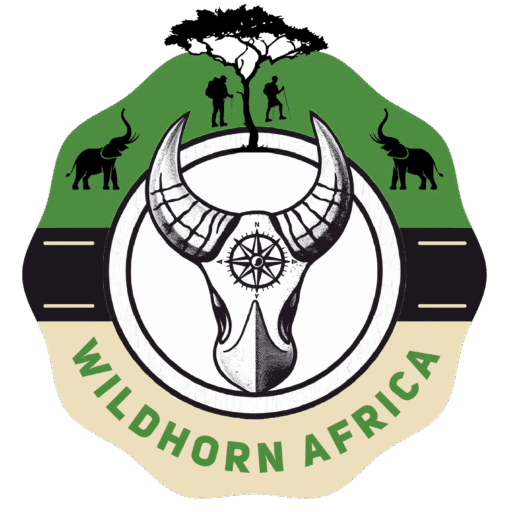
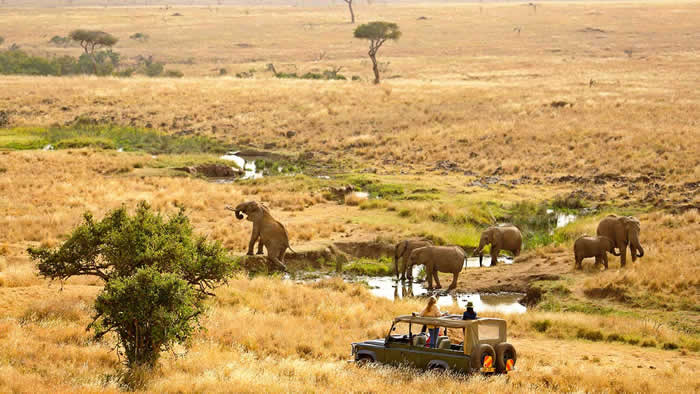
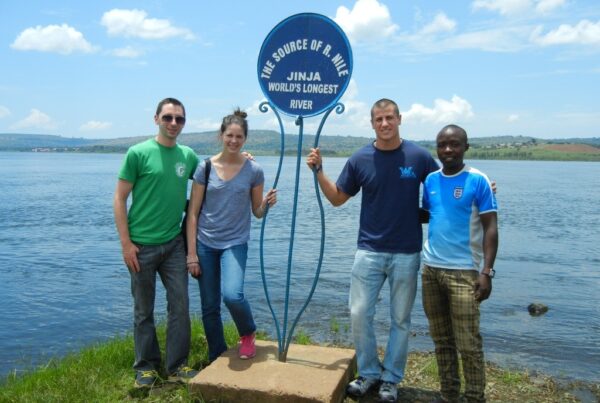
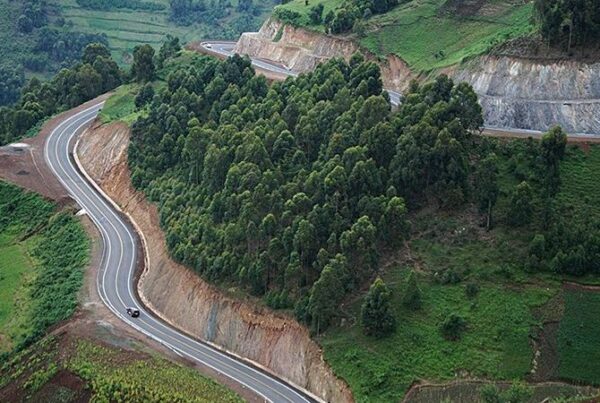
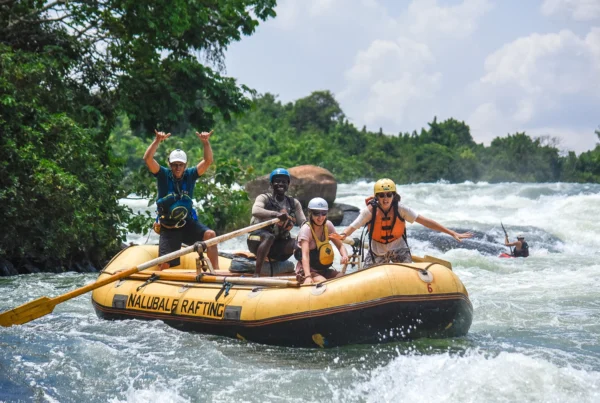
 WildHorn Africa – Authentic and unforgettable tours across Africa, guided by local experts who know the land, wildlife, and culture best.
WildHorn Africa – Authentic and unforgettable tours across Africa, guided by local experts who know the land, wildlife, and culture best.


